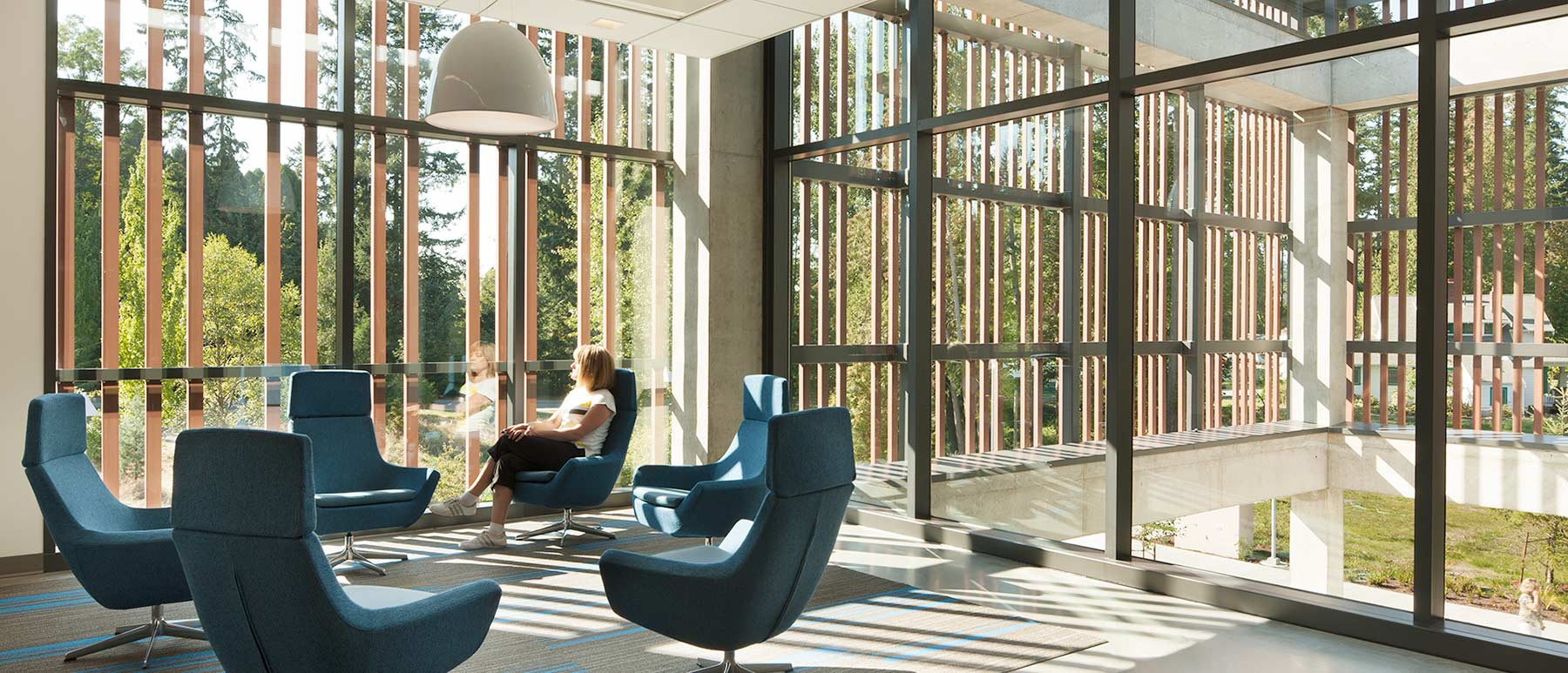We’ve discussed the benefits of biophilic design in this space on several occasions. It is the practice of integrating nature into the built environment. But one question that lingers is – why does it seem so new? People tend to enjoy opening a window, taking in a view, and observing nature-based patterns. For this reason, designers have long respected these types of building measures as good design. Is it that we have lost touch with the natural world, so the conscious understanding of why these elements bring business value, and the idea of further integrating nature into design, seems innovative?
This is where I think the answer lies. People spend more time in buildings than ever before, and for the first time, occupants are being confronted with the deficiencies of their workplaces. It’s causing a loss of business productivity and employee retention. So we need new methods and approaches to create connections with nature that go beyond typical strategies. If our urbanized, technology-strapped lifestyles simply don’t allow people to spend enough time outdoors, we need to do a better job of bringing nature indoors. As Florence Williams authored in her recent (excellent) book, people need their Nature Fix.
OK, so why does this matter? Well, as more than 100 buildings, cognitive science, and medical studies have demonstrated, connections with nature is a human health imperative. It seems too distant a notion for my fellow urbanites, but humans evolved outdoors, and our bodies still rely on nature to function at its best.
For example, our bodies cue into the changing color of daylight throughout the day to determine digestion rates, healing times, and energy levels. Our response to plants, animals and natural patterns is one of vitality, energy, growth, creating a feedback loop that improves our mental state. Nature is also one of the best ways to experience all five of our sense at work. A multi-sensory experience excites brain activity that improves cognition.
Let’s face it. Getting our nature fix is like a good cup of coffee. It’s a daily jolt that our bodies simply can’t function as well without.
Submissions are currently being accepted for the Stephen R. Kellert Biophilic Design Award. The award is offered this year for the first time through the International Living Future Institute’s Biophilic Design Initiative. Selected projects will be recognized globally as leaders through the International Living Future Institute’s global network and will receive substantial recognition with its media partners such as Green Building & Design. Projects submitted must be built and occupied.
I welcome you to submit a project or tell your networks about the award. We need to share more case examples of biophilic design to learn from, so that we can create the very best places for people.

